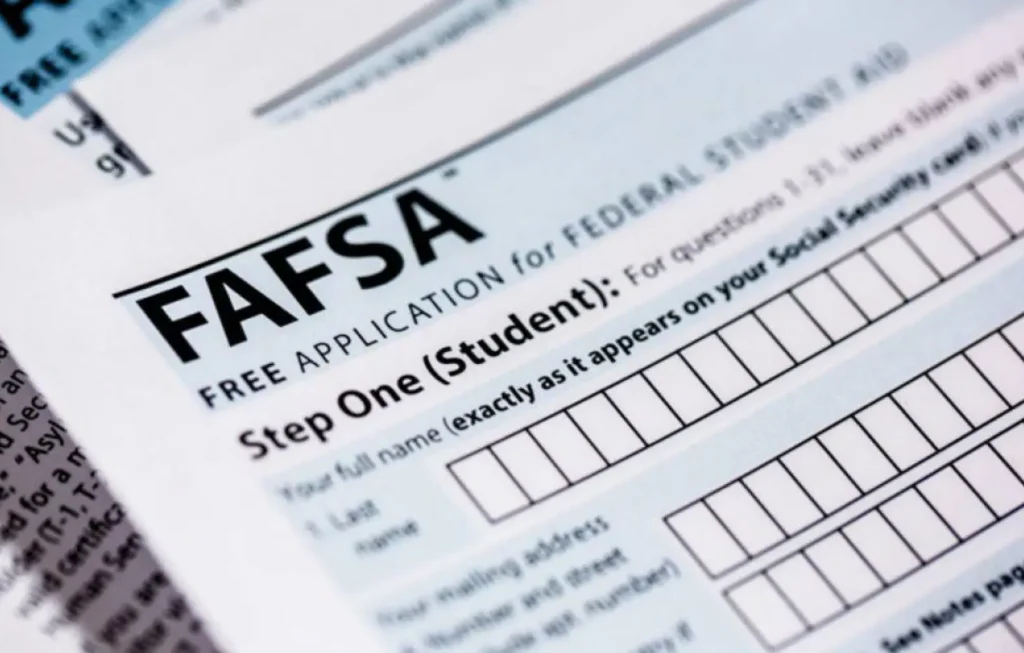The highly anticipated Free Application for Federal Student Aid (FAFSA) for the 2024-25 academic year has finally arrived, albeit a few months later than its usual release date of October 1. The Department of Education has introduced a simplified form with only 36 questions, a significant reduction from the previous 108. This streamlined process aims to make it easier for students and families to secure financial assistance for their education.
However, the delayed launch has created a compressed timeline, requiring applicants to stay organized and informed to ensure a successful application. In this blog post, we’ll delve into the details of the new FAFSA, discuss potential challenges, and provide tips to maximize your chances of obtaining the financial aid you need.
Key Changes to the FAFSA:
For the 2024-25 school year, the FAFSA has undergone substantial changes to enhance accessibility and ease of completion. The number of questions has been reduced, and importing income data from tax records is now more straightforward. The Department of Education has also adjusted its formulas, resulting in more students being eligible for Pell Grants, which do not require repayment. However, it’s crucial to note that the sibling discount has been eliminated, potentially affecting aid for families with multiple children in college.
Soft Launch and Technical Updates:

The FAFSA soft launch, occurring between now and December 31, allows the Department of Education to monitor and address any issues affecting applicants in real time. During this period, the form will be periodically available, with planned pauses for site maintenance and technical updates. Applicants are encouraged to submit their forms during this soft launch, as any information entered will be saved, eliminating the need for resubmission.
Navigating the Shortened Timeline: Due to the delayed release of the FAFSA, the entire application process for the 2024-25 academic year has been compressed. It’s essential for students and families to stay calm, focused, and organized. No extensions have been granted for submission or decision deadlines, emphasizing the importance of getting everything right the first time to avoid missing out on potential financial aid.
Tips for a Successful Application:
- Know School Requirements: Familiarize yourself with the FAFSA completion requirements of the schools you are interested in, especially in states where FAFSA completion is a high school graduation requirement.
- Frontload Information: Given the limited time for corrections or additions until February, gather and send all necessary information upfront, especially if you have special circumstances affecting your financial situation.
- State Aid Applications: Unlike previous years, the new FAFSA won’t include links to state aid applications. In states such as Iowa, Minnesota, Mississippi, New Jersey, New York, Pennsylvania, and Vermont, applicants must find and complete separate state aid applications.
- FSA IDs: Obtain FSA IDs early, as they are required to initiate the FAFSA process. Processing time can take up to three days, and both the student and at least one parent may need an FSA ID, depending on tax filing status.
- Beware of Scams: Be cautious of scams and fraudulent activities. Never pay anyone for assistance with student loans or FAFSA completion. Complete your form only on the official Federal Student Aid website to ensure the legitimacy of the process.
Conclusion: While the delayed release of the 2024-25 FAFSA presents challenges, staying informed and proactive can help navigate the compressed timeline. By understanding the changes, meeting requirements, and following these tips, you can maximize your chances of securing the financial assistance needed for your education.
Stay tuned for more exciting stories and subscribe to the USA Mirror newsletter to stay updated.
Thank you so much for reading. We appreciate you valuable time.
Frequently Asked Questions
Why was the release of the 2024-25 FAFSA delayed, and what is the soft launch period for?
The FAFSA release was delayed to launch a soft period until Dec 31, allowing real-time monitoring and issue resolution for a better applicant experience.
What are the key changes in the 2024-25 FAFSA, and how do they impact applicants?
The FAFSA has reduced questions to 36, eased income data import, and adjusted formulas to increase Pell Grant eligibility. The sibling discount is eliminated.
What challenges do applicants face due to the compressed timeline, and why is staying organized important?
The compressed timeline requires staying organized to avoid missing deadlines and potential financial aid. Extensions are not granted for submission or decision deadlines.
What tips can help ensure a successful FAFSA application given the shortened timeline?
Know school requirements, frontload information, be aware of state aid processes, obtain FSA IDs early, and beware of scams by using the official Federal Student Aid website.
How do changes in Pell Grant eligibility and the elimination of the sibling discount impact families with multiple children in college?
The elimination of the sibling discount may affect aid for families with more than one child in college. Pell Grant adjustments aim to increase eligibility, emphasizing the need to understand individual financial aid scenarios.




